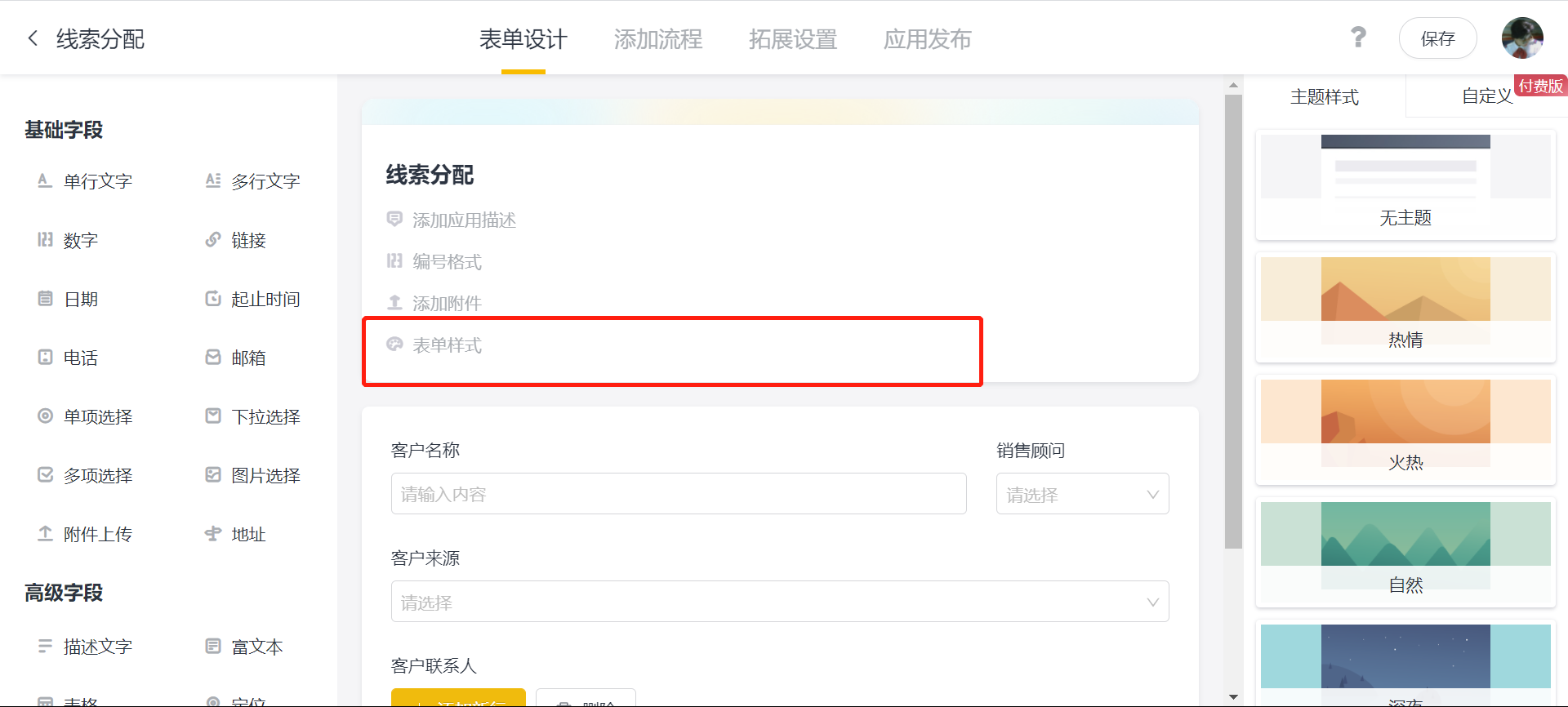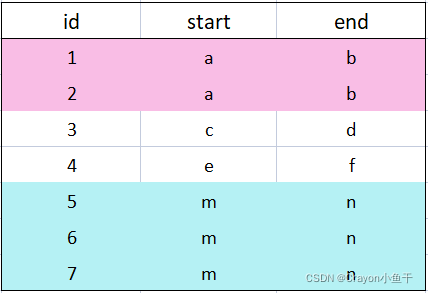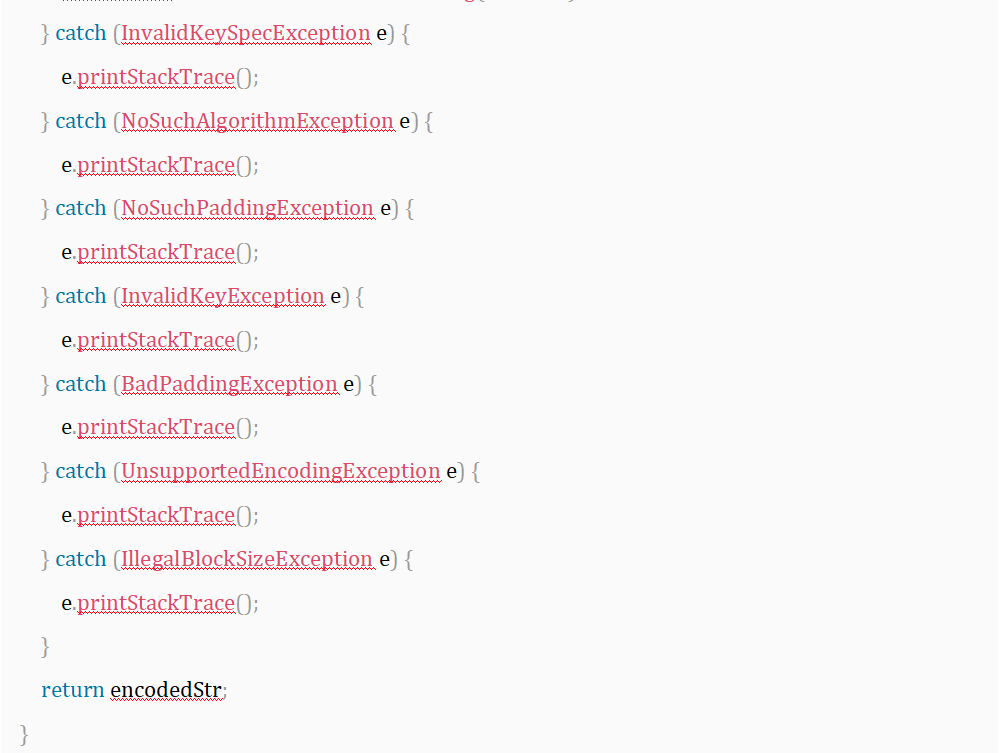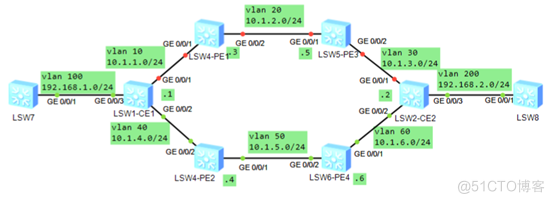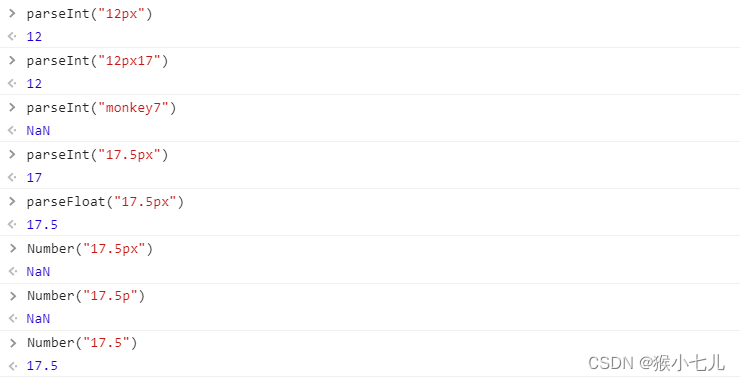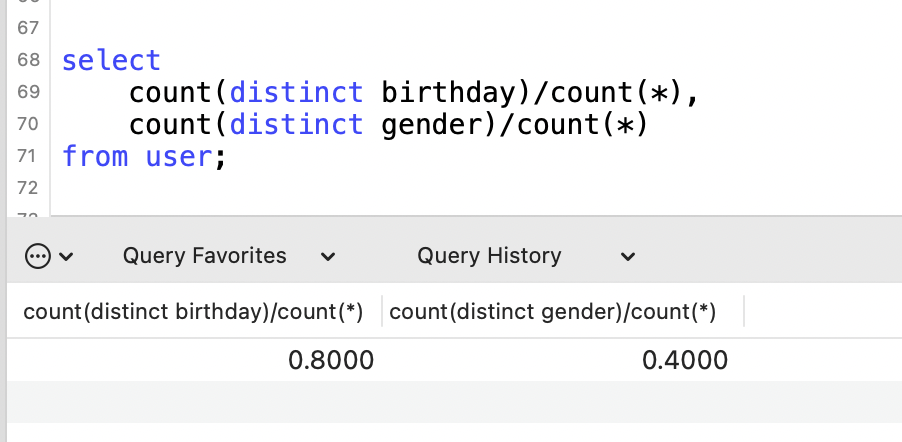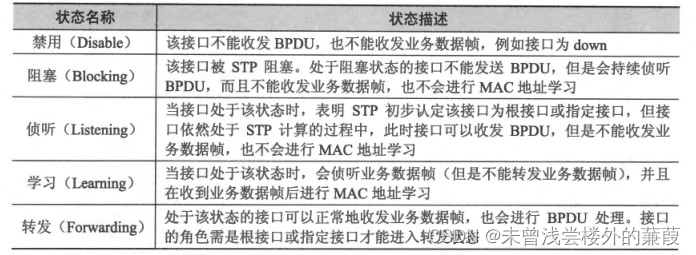当前位置:网站首页>D experimental new anomaly
D experimental new anomaly
2022-08-03 01:33:00 【fqbqrr】
原文
Strings are not good,应用变量.很容易创建新类型.如std.algorithmSame as the middle pipe,Implicitly instantiated templates返回值.
我构建了arsd.exception模块,新异常The focus is on improvementenforce.
用法
import exception2;
enum MyError;
enum OtherError;
void main() {
int a;
try {
throw Exception2!MyError(a, "更多信息");
} catch(Exception2!(OtherError) e) {
// won't catch it,Because it's another bug
import std.stdio;writeln("wrong");
} catch(Exception2!(MyError, int) e) {
// 会抓!
import std.stdio;writeln("CAUGHT!");
writeln(e);
}
}
我抛了整/串,But only caught整.Idea details just进一步特化,According to whether感兴趣来处理它们.如果不关心附加数据,Available onlycatch(Exception2!MyError).
or static enumerationMyError构中数据,而不是用MyError来枚举.另一方面,All can be discarded命名空间类型的区分,而只使用Exception2!("somestring",data).
import exception2;
void main() {
int a;
try {
//String error type instead of namespaceDTypes can still have additional information
throw Exception2!"foo bar"(a);
} catch(Exception2!"foo bar") {
//Catch by string
import std.stdio;
writeln("caught");
}
}
我不大喜欢,串不能区分不同库.而使用enum,可通过模块导入和命名空间Rules distinguish.
优点是可不提前声明,可在toss声明,并在抓点确认.I don't really like this style,但与throw new Exception("一些串")一样方便,and data can be attached.
You might counter that,Declare the new class,并用mixin template.声明结构,枚举,并在那里声明相关数据.Not much benefit.
我要说,枚声明,得到了A static list of exception families,然后根据需要添加数据.
考虑InvalidValue族,附加信息,给了int valueGiven, int maxValue,或int valueGiven, int minValue, int maxValue,或string valueGiven, string expectedPattern.一个族,Reasonably附加不同值.
这,也是为何需要结构化数据.
If you get twoint值,哪个是valueGiven,哪个是maxValue?还是给出了两个值(如矩阵坐标)?
use this mechanism,你可
throw Exception2!InvalidValue(MyStruct(structured, information, here);
别人可
catch(Exception2!InvalidValue)
//或
catch(Exception2!(InvalidValue, MyStruct))
to catch clans or details.
仍然工作,只是参数,
struct MyStruct {
}
//从上面,变成下面.
class InvalidValueExceptionWithMyStruct : InvalidValueException {
MyStruct data; mixin ExceptionCtor;s }
当前,异常的信息不足.
我想用IFTI:Implicit function template instantiation,来附加数据,即要创建新子类.它不能用普通的构造函数.但可用opCall.
此外,I also want to make sure派生类可在声明点name outside,This way you can relax抓异常.这排除Anonymous class,but still availableopCall.
深入代码
module exception2;
/+
It is written using long form templates,Because I want to define the parent separately
这样更容易.
+/
template Exception2(alias Type, T...) {
//Each piece of added data is a specialization of the more general case
//This is unchanged through the parent class,But cut out a piece to make it happen
//or as all`Exception2`Generic parent of ,并回退到`Exception`
static if(T.length)
alias Parent = Exception2!(Type, T[0 .. $-1]);
else
alias Parent = Exception;
class Exception2 : Parent {
//Should be named differently,或至少是`const`之类的
//But it saves the data passed at the throw point
T t;
//This is the main entry point for toss,Notice how it looks like`标库`The same as in the factory mode,Take the parameter and forward to the new class
//在`Phobos`used for construction,如,来自`map()`的`MapResult.`
//如果你直接使用`newException2`,All types to be passed must be specified,但通过`opCall`,Implicitly derivable`R`.
//Note that the deduced return value is the full static type passed in.
static opCall(R...)(R r, string file = __FILE__, size_t line = __LINE__) {
return new Exception2!(Type, T, R)(r, "", file, line); //Strings can contain anything
}
//You can't call it directly!I even made it for`保护`
this(T t, string msg, string file = __FILE__, size_t line = __LINE__) {
this.t = t;
static if(is(Parent == Exception))
super(msg, file, line);
else
super(t[0 .. $-1], msg, file, line);
}
//这与旧的arsd.exception`基本相同
override void toString(scope void delegate(in char[]) sink) const {
import std.conv;
sink(typeid(this).name); //待办,Long string of the same name.
sink("@");
sink(file);
sink(":");
sink(to!string(line));
sink("\n");
sink("玩笑");
//这部分是真实的:打印时,Loop through the additional data and display it
foreach(idx, item; t) {
sink("\n");
sink(typeof((cast() this).t[idx]).stringof);
sink(" = ");
sink(to!string(item));
}
if(info) {
try {
sink("\n----------------");
foreach (t; info) {
sink("\n"); sink(t);
}
}
catch (Throwable) {
// Ignore more errors.
}
}
}
}
}
This is the flexible class,It allows you to definecatch(Exception2!X)和throw Exception2!X(data),Return is declaredConstructed for you的More subclasses的对象的opCall.Not the usual staticopCall,It's my old one旧模式,and it works just fine.
我很满意.Tool can be easily used更多结构的throw new Exception("stuff").
边栏推荐
猜你喜欢
随机推荐
MySQL 与InnoDB 下的锁做朋友 (四)行锁/记录锁
秒懂网络拓扑中的下一跳地址
Rasa 3.x 学习系列- Rasa - Issues 4792 socket debug logs clog up debug feed学习笔记
浅读一下dotenv的主干逻辑的源码
基于STM32设计的老人防摔倒报警设备(OneNet)
openssl源码下载
Test | ali internship 90 days in life: from the perspective of interns, talk about personal growth
2022暑假牛客多校1 (A/G/D/I)
学习Autodock分子对接
CAS:1445723-73-8,DSPE-PEG-NHS,磷脂-聚乙二醇-活性酯两亲性脂质PEG共轭物
DownMusic summary record
vant-swipe自适应图片高度+图片预览
Speech Synthesis Model Cheat Sheet (1)
【代码扫描修复】MD5加密弱HASH漏洞
我们来浅谈代码语言的魅力
Kubernetes 进阶训练营 网络
The CTF command execution subject their thinking
Find My技术|智能防丢还得看苹果Find My技术
技术分享 | 接口自动化测试中如何对xml 格式做断言验证?
用了 TCP 协议,数据一定不会丢吗?
